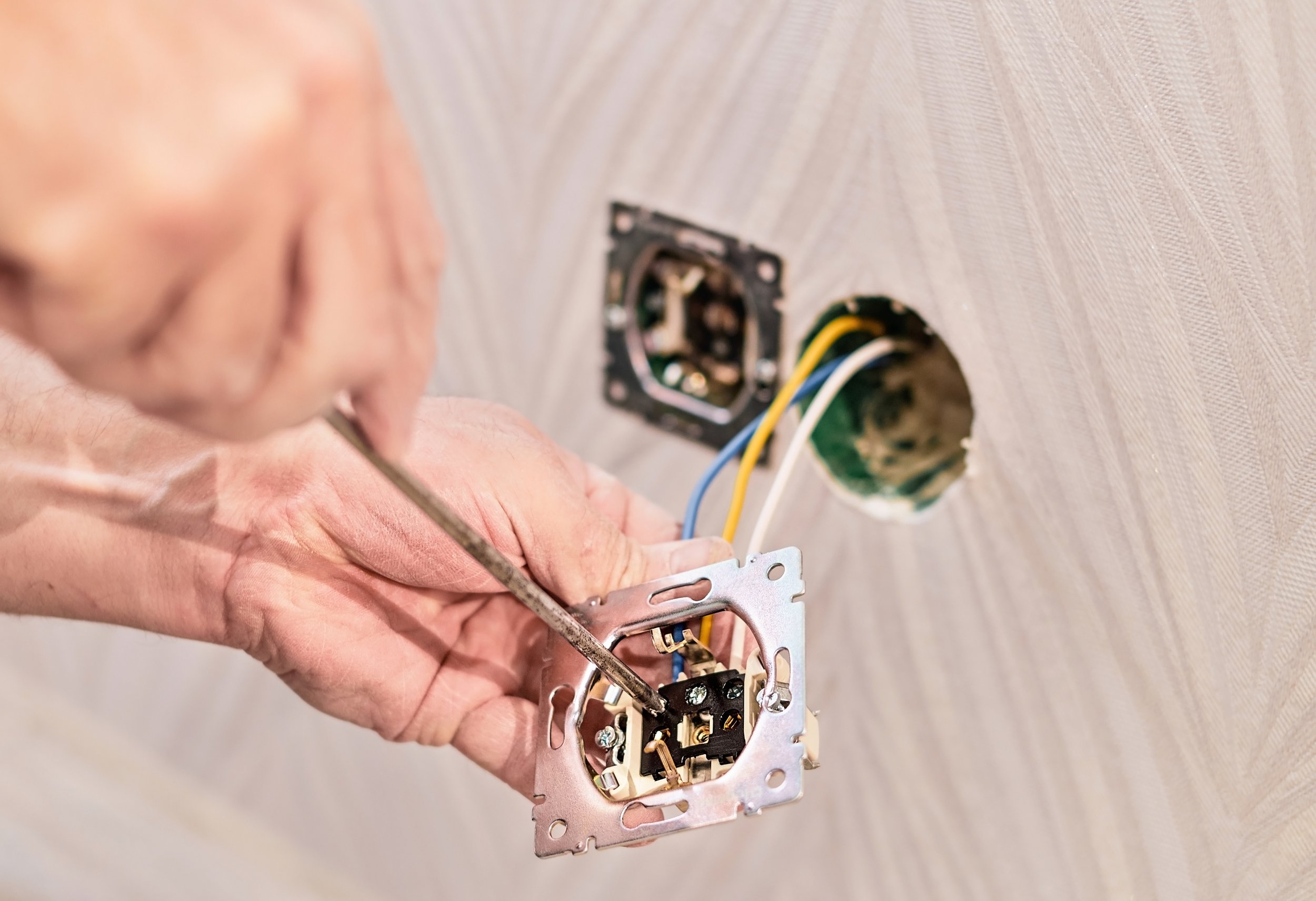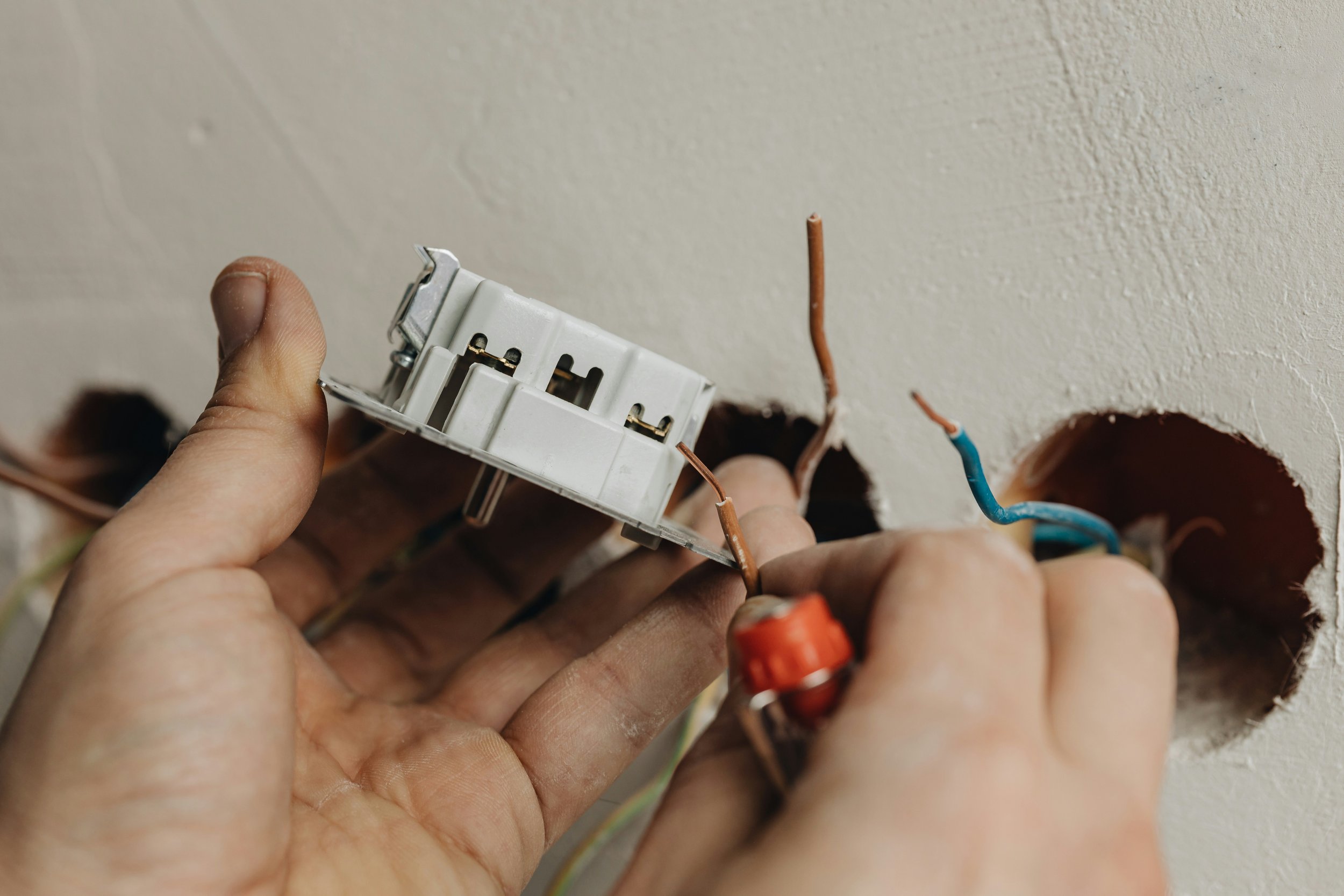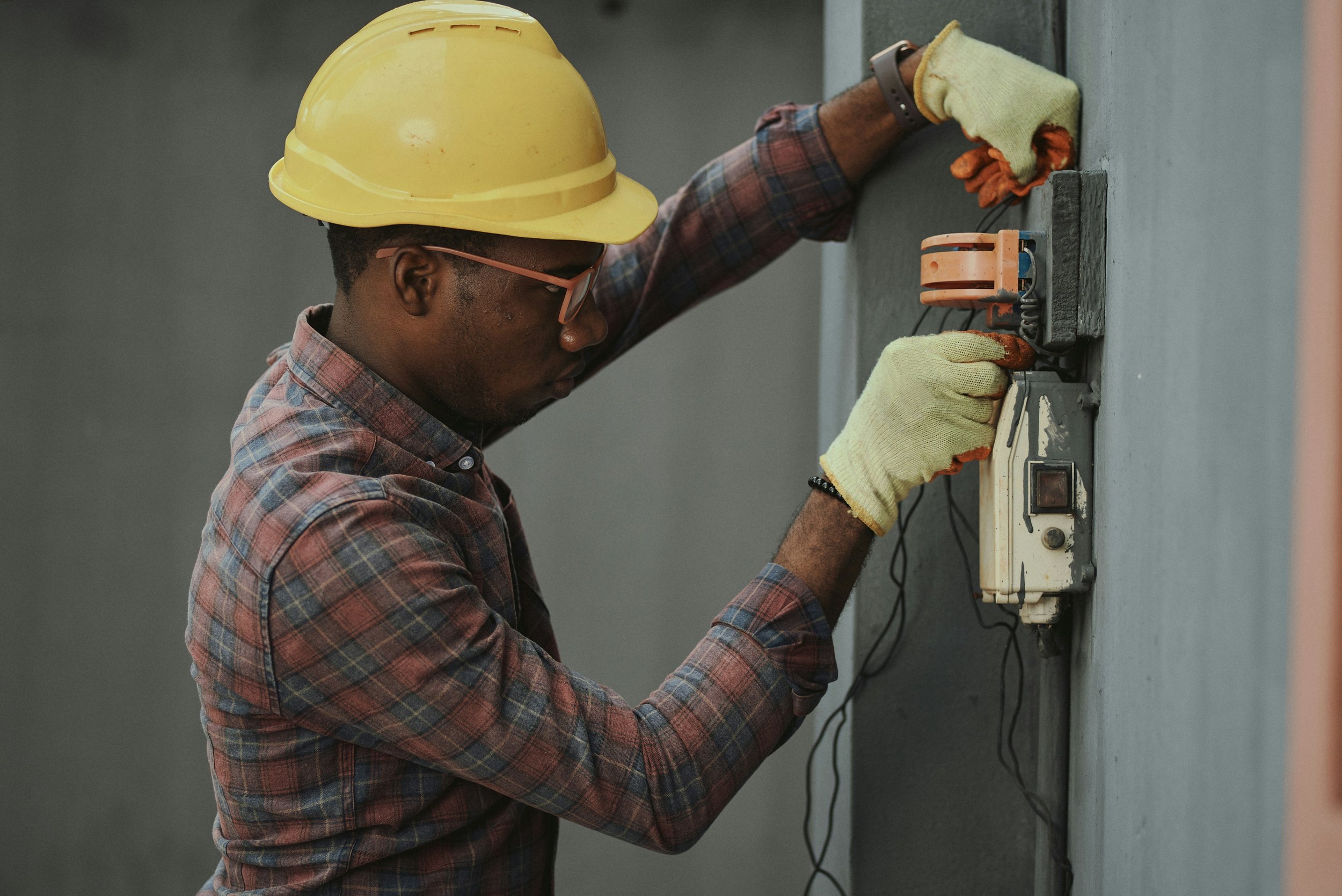Common Electrical Problems in Your Home and How to Fix Them
Discover common electrical problems in homes, from flickering lights to tripped breakers, and learn practical tips on how to fix them safely and effectively.
When it comes to maintaining a home, electrical issues can pose serious risks and inconveniences. From flickering lights to tripping circuit breakers, these problems often require immediate attention. Understanding the common electrical problems in your home and knowing how to address them can save you time, money, and the headaches that come with a malfunctioning electrical system. Below are a thorough examination of the prevalent issues homeowners face and the reasons behind them, coupled with effective strategies for resolution.
Flickering or Dimming Lights
One of the most annoying yet common problems homeowners encounter is flickering or dimming lights. This issue often arises due to fluctuations in voltage. In such cases, light fixtures may not receive the consistent voltage they require. If you are experiencing lights that flicker frequently, it could indicate loose wiring, a failing light bulb, or perhaps an overloaded circuit. In most scenarios, changing the lightbulb is a straightforward fix. However, if the flickering persists, it’s essential to delve deeper into the electrical system.
Start by checking your breaker box to ensure it’s functioning correctly and not overloaded. An electrician in Greenfield advises consulting an electrical specialist if you suspect wiring issues. Working with electrical systems can be dangerous without proper expertise if don’t have sufficient training in handling electrical wirings and systems, so leave it to the experts.
Tripped Circuit Breakers
Frequent tripping of circuit breakers can be a major nuisance. Circuit breakers act as safety devices designed to prevent electrical overloads. When a circuit exceeds its capacity, the breaker trips, cutting off power to the affected circuit. This could happen due to simple overloading of devices or faulty appliances that require more current than usual.
If circuit breakers trip occasionally, it may not indicate a significant problem. However, if it occurs often, it’s time to investigate further. Check for faulty appliances and unplug them. If the issue persists, the wiring or the circuit itself may need to be examined. Engaging a qualified electrician can help diagnose any underlying issues properly.
Dead Outlets
Another frustrating electrical problem arises when outlets stop functioning altogether. A dead outlet can disrupt daily activities, causing inconvenience especially if it's one used for necessary devices such as phone chargers, kitchen appliances, or computers. The culprit behind a dead outlet might be several factors including a blown fuse, loose wiring, or even a tripped circuit breaker.
To troubleshoot, first check the circuit breaker for any tripped switches. If all seems fine at the breaker, inspect the outlet itself. A simple replacement of the outlet could resolve the issue. However, if the outlet continues to fail, consider having a professional inspection. Amateur fixes can lead to further complications such as electrical fires.
Electrical Shocks
Experiencing electrical shocks when touching a switch or appliance can be alarming and indicate a potential hazard. Electrical shocks can range in severity from harmless static electricity to serious or even fatal situations. This problem often surfaces when electrical devices are improperly grounded or when there are defective circuits.
If you frequently encounter minor shocks, it may indicate a grounding issue. Check forth for wear and tear on cords and plugs, which can also be a cause. For significant concerns, such as frequent shocks upon touching outlets or appliances, seek the help of a skilled electrician. It’s crucial to take this matter seriously to ensure your safety and that of your family.
Patching Light Switches
The functioning of light switches is vital for convenience and safety. However, you may find light switches that make crackling sounds or feel warm to the touch. This is a sign of a potential problem such as a faulty switch or improper wiring. It’s an immediate cause for concern and can lead to electrical fires if not addressed swiftly.
If you discover a switch that doesn’t operate properly or exhibits these unusual signs, an inspection is essential. Worn-out switches should be replaced promptly. Still, if you notice more widespread electrical issues, consulting with a certified electrician can provide clarity and potential solutions.
Overheating Outlets
Overheating outlets can often go unnoticed until it presents a real danger. If an outlet feels overly warm or hot to the touch, something is likely amiss. Potential causes may include inadequate wiring, circuit overloads, or faulty devices plugged into the outlet. This problem poses a significant fire risk.
To remedy overheating outlets, avoid overloading them with too many devices at once. Additionally, if the problem persists after reducing the load, a professional inspection is highly recommended. It's crucial to ensure that outlets are correctly wired and that they comply with safety standards. The expertise of an electrician may help to resolve these issues effectively and mitigate the risks.
Inconsistent Power Supply
Inconsistent power supply can be both frustrating and debilitating. Homeowners may notice that their lights flicker or that their devices don’t operate efficiently, particularly during peak electricity usage hours. This inconsistency can stem from a variety of factors such as issues with the main electrical panel, inadequate supply lines, or an overloaded system.
If this is a recurring problem, it's a sign that your home's electrical system may not meet your current needs. Potential upgrades might be necessary, including installing a new electrical panel. Always consult with a licensed electrician who can analyze your needs and recommend appropriate solutions.
Excessively Frequent Bulb Burnouts
Certain homes suffer from the annoyance of bulbs burning out excessively, leading to frequent replacements. This issue often stems from too much voltage, which can damage light bulbs prematurely. If you find yourself constantly replacing light bulbs, it might be an indication of an underlying electrical issue.
Solutions include using bulbs that are rated for higher voltage, ensuring the correct wattage for bulb types, or checking for any wiring problems. In the most severe cases, upgrading the electrical system may be the only remedy. Consulting with an electrician can help pinpoint the specific reasons behind frequent outages and provide suitable solutions.
Being aware of these common electrical problems is crucial for maintaining a safe and functional home. Regular inspections and timely repairs can save you from significant hazards and ensure your electrical system operates effectively. When in doubt, don’t hesitate to seek professional help from a qualified electrician. Safety should always be a priority, especially when it comes to electricity.









